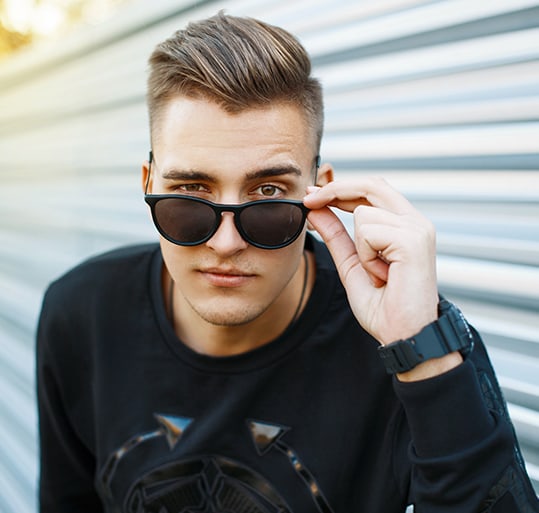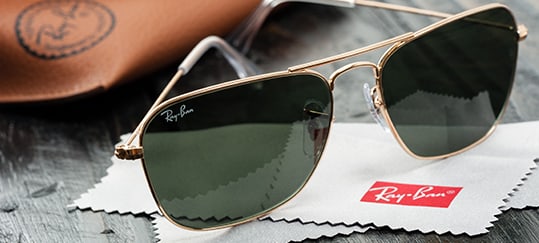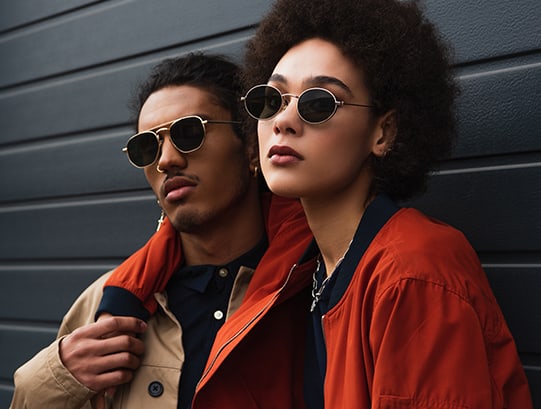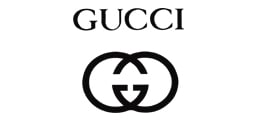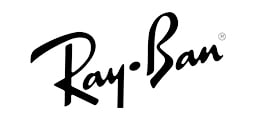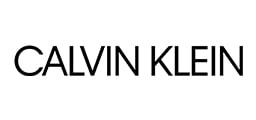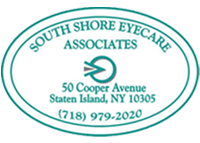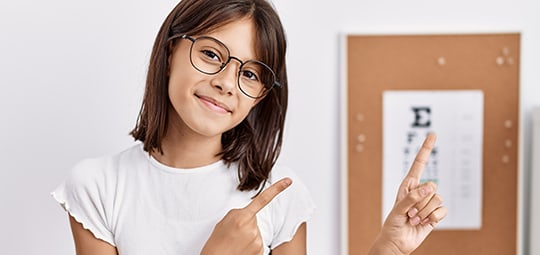Myopia & Your Child
Myopia is a common eye condition that can affect your child’s learning and development. From being able to pay attention during school to playing sports, your child’s vision is crucial.
If left untreated, myopia can worsen over time and increase your child’s risk of developing severe eye diseases. Accessing dedicated myopia care early can preserve your child’s long-term vision and eye health.
Managing your child’s myopia condition begins with a comprehensive eye exam. Get in touch with our eye doctors in Staten Island to book your child’s appointment today.
Book AppointmentWhat Is Myopia?
Myopia, otherwise known as nearsightedness, is a refractive error that causes blurry vision at far distances. The condition can occur when the eye is too long or the cornea is overly curved. This distortion means light doesn’t move through the eye properly, landing in front of the retina instead of on it.
Our Myopia Management Methods
Our dedicated team works directly with your child to understand their unique needs and present them with the most suitable option to slow their myopia progression. Each method is tailored to the individual needs of each patient and adjustable to suit your child.
Orthokeratology
Orthokeratology, otherwise known as ortho-k, involves reshaping your child’s cornea overnight so they can see clearly throughout the day. Ortho-k contact lenses are gentle and generally comfortable for sleeping.
Multifocal Contact Lenses
Soft mult-focal contact lenses use a method called peripheral defocus to help your child’s eyes relax and increase their ability to focus on distant objects. They’re designed to slow myopia progression over time and have been shown to reduce myopia’s effects on children into adulthood drastically.
Atropine Eye Drops
Atropine is a pharmacological agent we sometimes use to slow myopia progression. Atropine treatments are rooted in research that suggests myopia progression could be associated with focusing fatigue. Atropine eye drops work by temporarily dilating the pupils and relaxing the eye’s focusing muscles.
Find the Right Treatment
Your child doesn’t have to live with myopia challenges. Our team has the experience and dedication to provide them with the care they need to overcome myopia and see clearly.
Get in touch with us to book your child’s appointment today.
Book AppointmentOur Location

Our Address
- 50 Cooper Ave
- Staten Island, NY 10305
Contact Us
- Phone: 718-979-2020
- Email: [email protected]
Practice Hours
- Monday: 10:00 AM – 5:45 PM
- Tuesday: 10:00 AM – 5:45 PM
- Wednesday: 10:00 AM – 5:45 PM
- Thursday: 10:00 AM – 5:45 PM
- Friday: 10:00 AM – 5:45 PM
- Saturday: 8:00 AM – 2:45 PM
- Sunday: Closed

Our Brands
